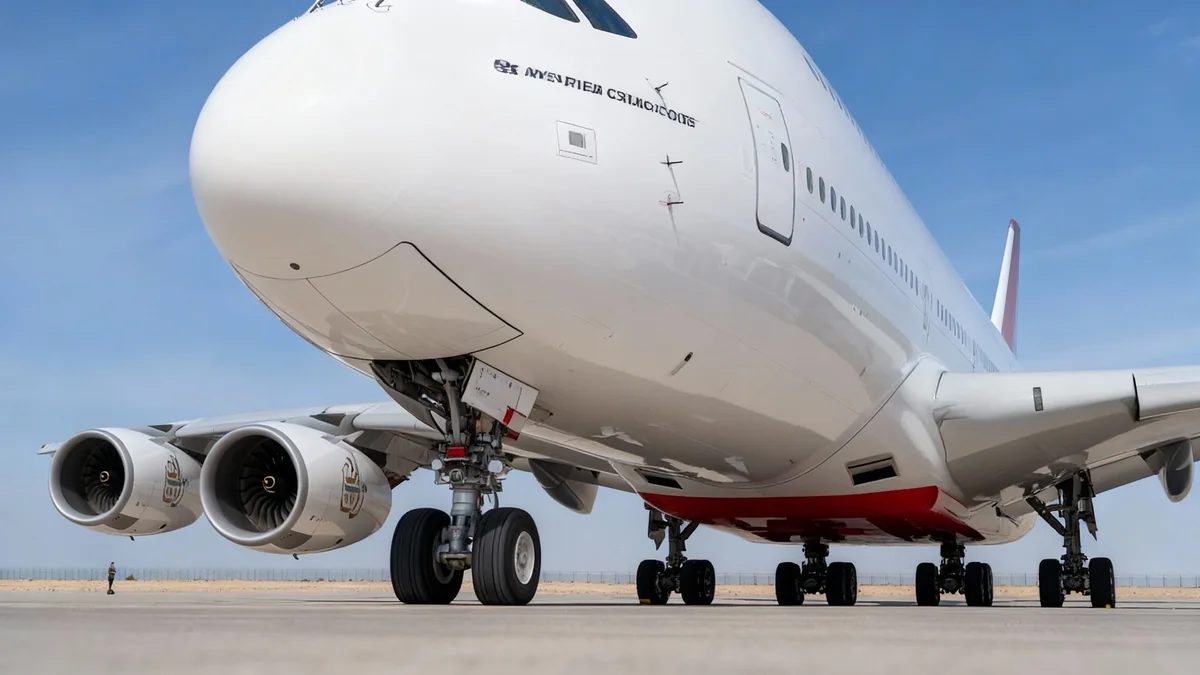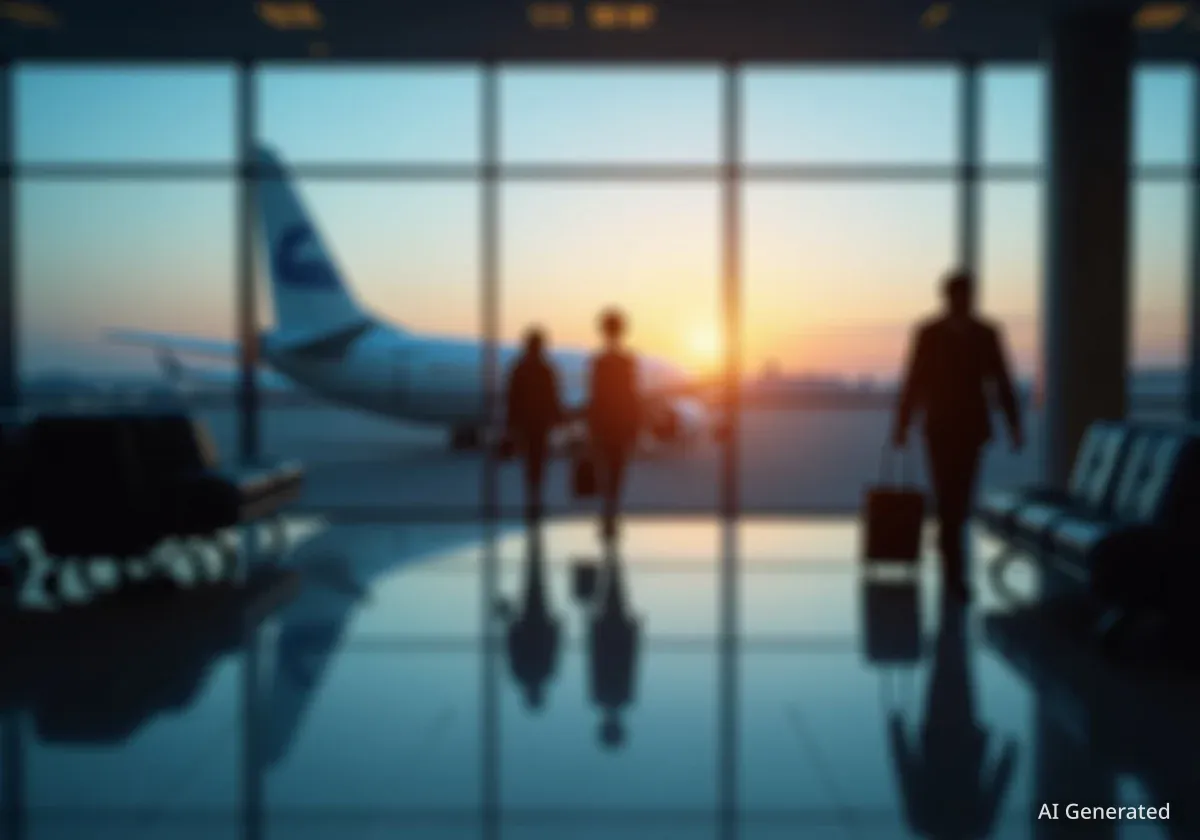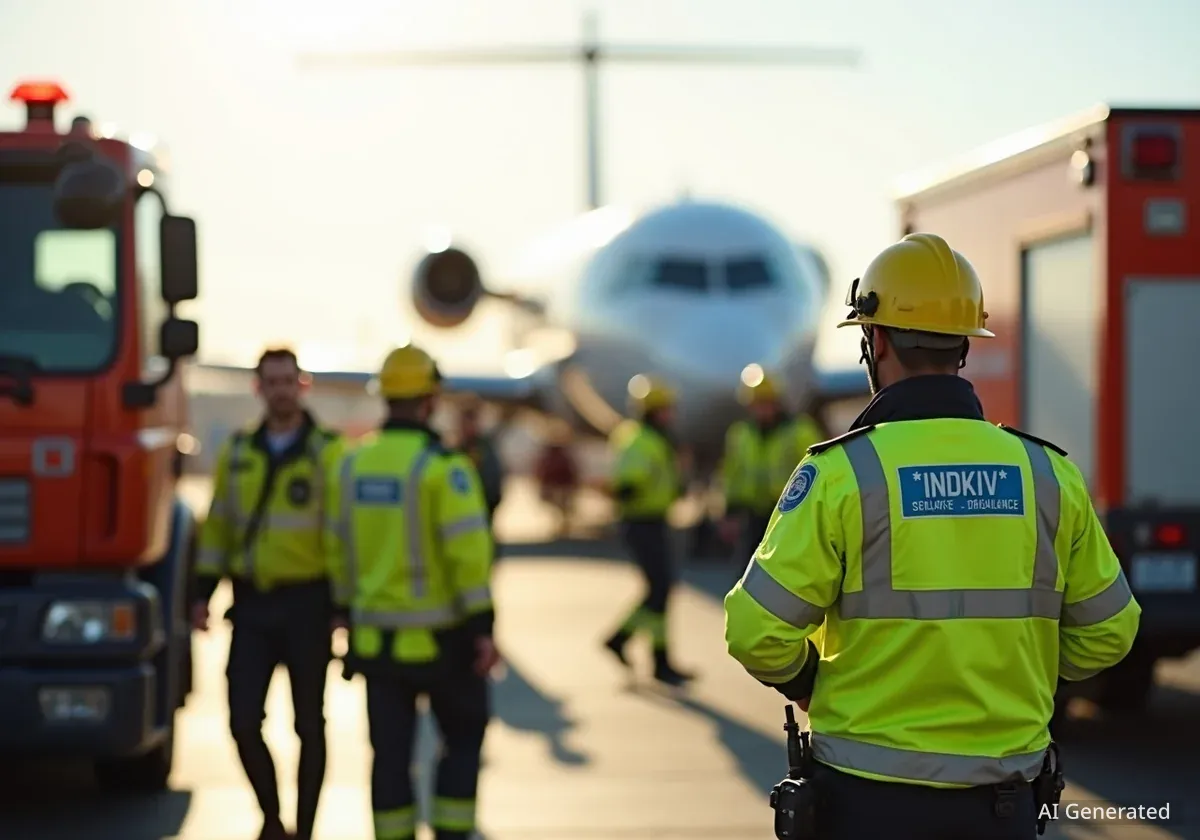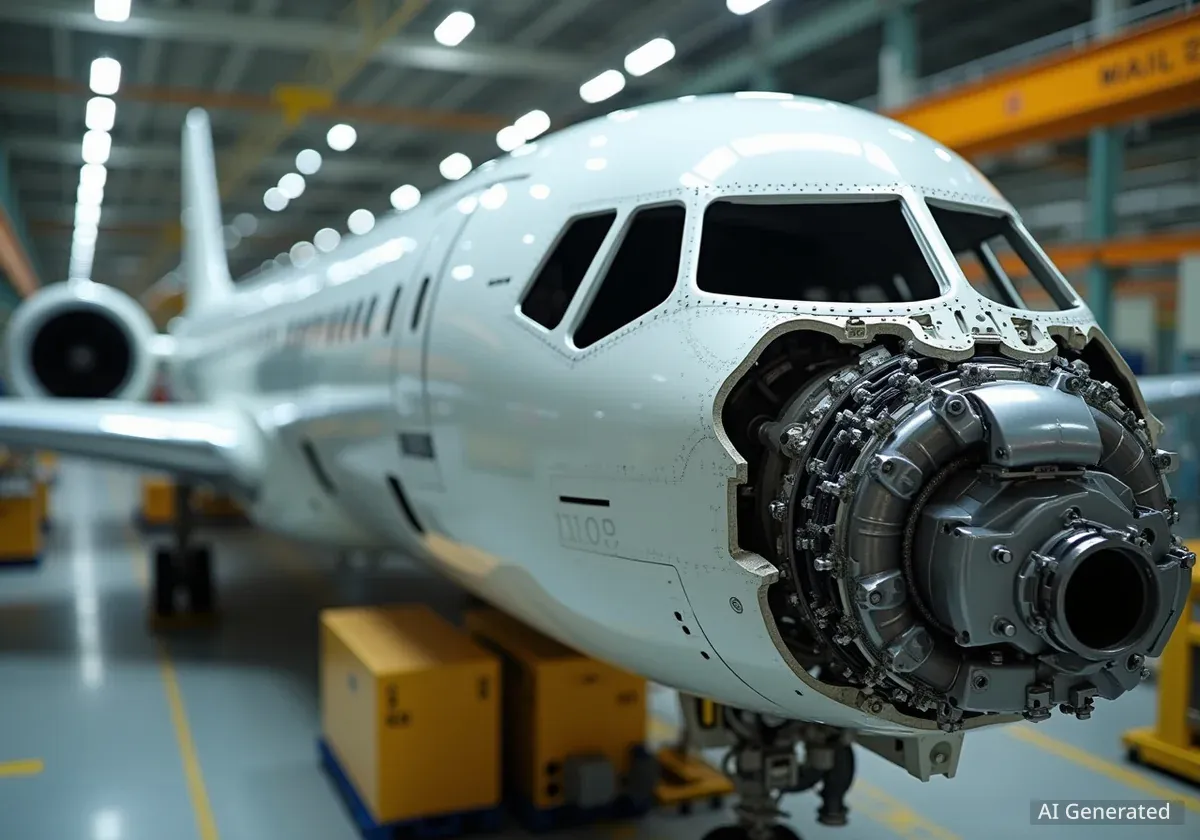Emirates is actively upgrading and expanding its Airbus A380 fleet, a move that defies the industry trend of retiring the superjumbo. This strategy comes as the airline faces significant delays in receiving its next-generation widebody aircraft, particularly the Boeing 777X. The carrier is not only enhancing the onboard experience with new premium economy cabins but also acquiring additional A380s to meet its operational needs.
Key Takeaways
- Emirates is upgrading its A380s with new premium economy and enhanced interiors.
- The airline faces significant delays in receiving its Boeing 777X orders, pushing deliveries to late 2026 or 2027.
- Emirates has acquired an additional A380 and plans to fly the superjumbo into the 2040s.
- New premium economy routes include Dubai to New York and Milan, expanding to 68 global points by March 2026.
Upgrading the Iconic A380 Experience
Emirates has invested heavily in refreshing the interiors of its A380 fleet. The airline's latest A380s feature a more luxurious and modern cabin environment. This includes a palette of cream tones and textured bronze waves, with subtle motifs of the UAE national tree throughout the aircraft.
The First Class Shower Spa has received a new trim with a polished woodgrain finish. Passengers in First Class can now enjoy organic seaweed products from VOYA, made exclusively for Emirates. The Onboard Lounge has also been upgraded with enhanced ambient lighting and woodgrain accents, providing a more inviting space for travelers to socialize.
His Highness Sheikh Ahmed bin Saeed Al Maktoum, Chairman and Chief Executive, Emirates Airlines and Group, stated, "These additional aircraft will enable Emirates to connect even more cities, supporting the Dubai economic agenda D33 set out by HH Sheikh Mohammed bin Rashid Al Maktoum, to add 400 cities to Dubai’s foreign trade map over the next decade.”
New Premium Economy Product
A significant enhancement to the A380 fleet is the introduction of a new Premium Economy cabin. These jets feature 56 seats arranged in a comfortable 2-4-2 configuration at the front of the main deck. Each seat offers generous space, a side table, and in-seat charging ports.
Premium Economy Highlights
- 56 seats in a 2-4-2 configuration.
- Spacious seats with side tables and charging ports.
- Curated regional menus served on Royal Doulton china.
- Extensive drinks menu, including Chandon Vintage Brut 2016.
- Cake and champagne celebration option available.
The service in Premium Economy includes a curated menu, featuring monthly regional options, served on Royal Doulton china tableware with proper cutlery. An extensive drinks menu, including Chandon Vintage Brut 2016, is also available. A popular option for special occasions is the cake and champagne celebration.
Addressing Widebody Aircraft Delays
Emirates' commitment to the A380 is partly driven by ongoing delays in receiving its next-generation widebody aircraft orders. The airline has placed significant orders for the Airbus A350-900, Boeing 787 Dreamliner, and, most notably, the Boeing 777X.
Emirates Widebody Orders
- Airbus A350-900: 55 aircraft undelivered.
- Boeing 787: 30 aircraft (split between -8s and -10s) undelivered.
- Boeing 777X: 205 aircraft (split between -8s and -10s) undelivered.
The Boeing 777X is intended to be the primary replacement for the aging A380 fleet. However, delivery targets have been repeatedly pushed back. The updated contract initially aimed for an October 2025 arrival, but this will not be met. Emirates President Sir Tim Clark expressed frustration, stating, "We’re a frustrated entity because we need airplanes, and we need them now.”
Clark later indicated a "glimmer of light" for the 777X program, suggesting first deliveries could arrive by late 2026 if the aircraft completes its Extended-range Twin-engine Operations Performance Standards (ETOPS) flight testing by the first quarter of 2026. This would still mean a considerable wait for the airline.
Long-Term A380 Strategy
Emirates is not just upgrading its current A380s; it is also expanding its fleet. In October 2025, the airline announced the acquisition of an A380, registered A6-EOO, which it had previously leased. This aircraft first joined the Emirates fleet in September 2025 and has been in active service since then, with a brief withdrawal during the COVID-19 pandemic.
The airline has expressed a desire to purchase an A380neo if Airbus were to build one, highlighting its continued belief in the superjumbo's capabilities. However, Airbus is unlikely to restart A380 production due to high development costs and limited demand from other carriers. This means Emirates will likely focus on procuring second-hand A380s and continuing to upgrade its existing fleet.
Expanding Premium Economy Routes
The enhanced A380s with premium economy will soon serve key international routes. From December 1, 2025, flights EK201/202 between Dubai and New York will offer the new cabin. Daily service to Milan on flights EK205/206 will follow from November 10, 2025.
The expansion will accelerate in spring 2026, with Emirates aiming to provide Premium Economy on 68 global routes by March 2026. This includes a mix of A380, A350, and Boeing 777 flights. The A380s will primarily serve major routes to Asia and Australasia, such as Sydney, Osaka, and Mumbai, where high capacity is essential.
Future of the A380 with Emirates
Emirates executives have confirmed plans to operate the Airbus A380 well into the 2040s. The airline's CEO, Sheikh Ahmed bin Saeed Al Maktoum, stated that Emirates would continue purchasing second-hand A380s to ensure a steady supply of spare parts and airframes. This long-term commitment is unique in the aviation industry.
The A380 remains suitable for Emirates due to its single megahub operation in Dubai, its strong focus on premium services, and its exclusive use of widebody jets. While many airlines have retired the A380, Emirates continues to leverage its capacity and passenger appeal. Aviation enthusiasts widely praise the A380 for its comfort and unique onboard experience, often comparing it favorably to other aircraft.
While Emirates plans to fly the A380 for decades, some older superjumbos may be retired earlier than others. Reports from spring 2025 indicated that 24 of the 75 airports previously served by Emirates A380s no longer receive the aircraft, though many of these were temporary or one-off destinations. Regardless, the A380 is expected to remain a significant part of Emirates' fleet for the foreseeable future.





